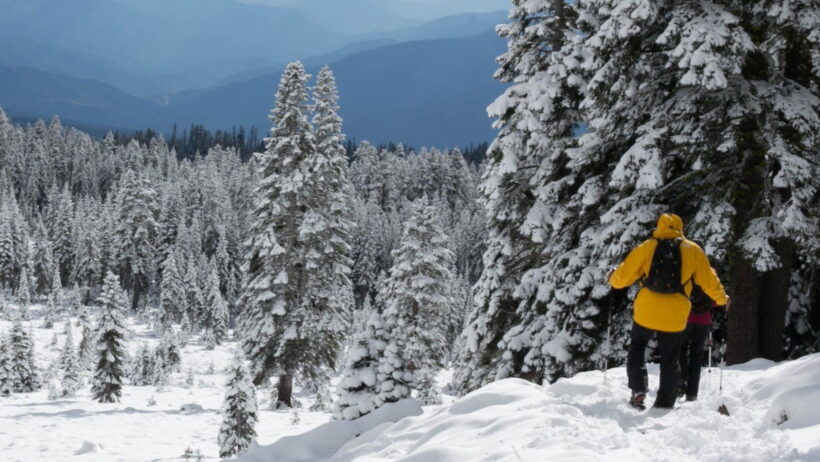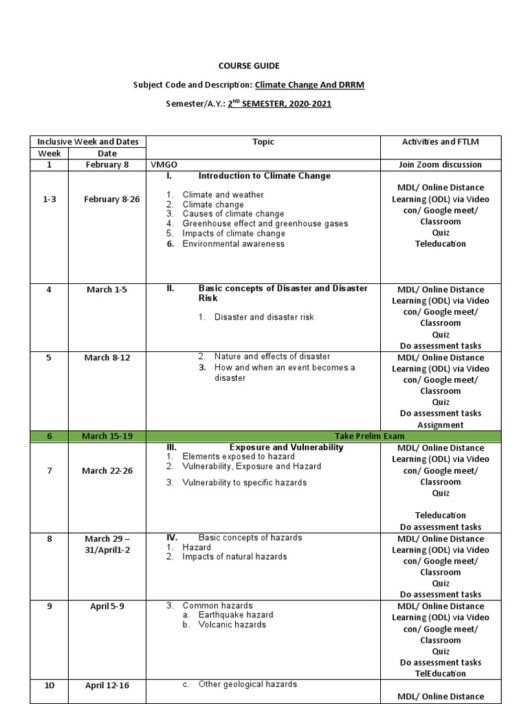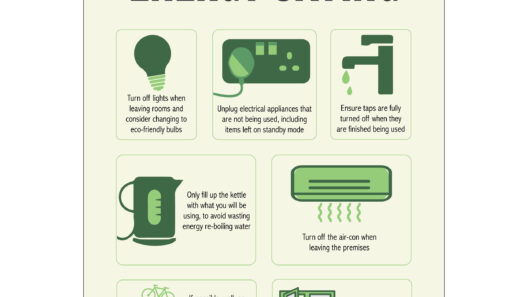As winter blankets the earth with frigid temperatures and dwindling food supplies, many animals face a daunting challenge: survival. The question arises: how do some animals ingeniously conserve energy during these harsh months? The strategies employed are an amalgamation of evolutionary adaptations, intuitive responses, and biological mechanisms that ensure their continued existence amidst the frost.
To elucidate this fascinating conundrum, we should first delve into the lethargic world of hibernation. Hibernation is an advanced survival tactic primarily utilized by certain mammals such as bears, ground squirrels, and bats. These creatures enter a state of dormancy, drastically slowing their metabolic processes. During hibernation, an animal’s heart rate can plunge, and body temperature diminishes significantly, allowing them to conserve energy that would otherwise be expended in search of food in an inhospitable environment. The metabolic rate may decrease to as little as a few beats per minute, producing a profound energy conservation effect. Yet, this raises an important query: how do these creatures awaken when spring returns?
Interestingly, hibernating animals are not entirely inactive. Their bodies rely on stored fat reserves to sustain them throughout their slumber. Ground squirrels, for example, stockpile fat during the warmer months, which is metabolized slowly to provide necessary energy during hibernation. Remarkably, some bears can lose up to one-third of their body weight during this period. The physiological magic lies in their ability to efficiently recycle nitrogen wastes, enabling them to maintain muscle mass and keep their bones healthy despite their prolonged inactivity.
For many birds, winter prompts a different kind of strategy known as torpor. This temporary hibernation-like state allows birds such as the ruby-throated hummingbird or the chickadee to suspend their metabolic functions overnight or during particularly cold days. By entering torpor, a bird can reduce its heart rate from normal levels of 400 beats per minute down to a mere 50. This can significantly lower energy expenditures, thereby prolonging survival until conditions improve. The transition back to normalcy after torpor occurs within mere minutes, showcasing an impressive adaptation that provides a competitive edge in energy allocation.
Interestingly, some animals don’t choose to hibernate at all but rather employ other survival tactics. Migration, for instance, represents an exodus from inhospitable climates to more favorable environments. Many bird species, such as geese and swans, engage in this seasonal journey to exploit warmer regions rich in resources. This instinctual behavior is hardwired into their genetic makeup and can cover thousands of miles. The energy expenditure during a migration may seem substantial, yet it is a calculated risk, ensuring that they can access food and maintain favorable living conditions that sustain their metabolic needs throughout the winter months.
In contrast, some animals adopt an alternative approach: adaptation to the winter environment itself. This involves altering their behaviors, physical characteristics, and hunting methods. A quintessential example lies within the Arctic fox. Equipped with a thick fur coat that changes color from brown in the summer to white in the winter, this fox ingeniously camouflages itself against the snow while efficiently conserving heat. Its compact body shape minimizes heat loss, and its keen sense of smell enables it to locate buried prey beneath the snow. The Arctic fox epitomizes the concept of ecological adaptation, where anatomical and behavioral traits coalesce to provide survival advantage during the coldest months.
Similarly, the secretive snowshoe hare boasts remarkable evolutionary transformations. With furry footpads that provide insulation and enhanced grip on snow, these hares possess powerful hind legs that facilitate efficient locomotion through deep drifts. Their seasonal molting aids in energy conservation, as wearing a coat that aligns with the winter landscape reduces the need for extensive movements and enables better stealth from predators.
The survival tactics employed by different animal species, however, are not solely individual strategies; they also invoke a broader ecological impact. The intricate interdependency between these creatures and their environments underscores the importance of conservation efforts. Habitat destruction, climate change, and human encroachment alter the delicate balance of ecosystems, threatening the survival of species reliant on specific winter adaptations.
As climate conditions shift due to global warming, the patterns of winter are changing. Are animals like the Arctic fox and snowshoe hare evolving quickly enough to adapt to these new challenges? With altering temperatures leading to shifts in food availability, will migratory birds find suitable habitats in their traditional locations? These are pressing questions that not only challenge our understanding of animal behavior but also emphasize the urgent need for proactive conservation measures.
Ultimately, the variations in winter survival strategies among animals speak volumes about the diversity of life on Earth. Whether it’s through hibernation, torpor, migration, or adaptation, these remarkable tactics are crucial for combating the relentless chill of winter. As we learn more about these complex interactions and the integral role they play in ecosystems, the imperative to address climate change and protect wildlife becomes even clearer. Observing and understanding these patterns can enhance our appreciation for the resilience of nature and the extraordinary lengths to which animals will go to persevere.








